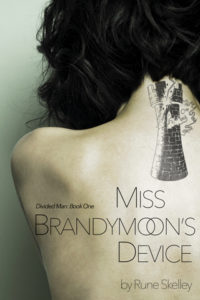Wordcount is Happening
![]() Things tend to repeat themselves, here in the writing cave. It’s natural for a cycle to emerge, given that we consciously follow a process that we’ve honed over several projects. But what’s interesting is how the unplanned things also seem cyclical. Falling down the research hole when we’re supposed to be writing? Check! Both Jen and Kent have resumed everyone’s favorite form of procrastination. (Okay, playing mindless games and messing around on Twitter are also popular choices here in the writing cave. But research has such a sheen of respectability. Ooooh, shiny!)
Things tend to repeat themselves, here in the writing cave. It’s natural for a cycle to emerge, given that we consciously follow a process that we’ve honed over several projects. But what’s interesting is how the unplanned things also seem cyclical. Falling down the research hole when we’re supposed to be writing? Check! Both Jen and Kent have resumed everyone’s favorite form of procrastination. (Okay, playing mindless games and messing around on Twitter are also popular choices here in the writing cave. But research has such a sheen of respectability. Ooooh, shiny!)
What are we researching? Well, that’s need-to-know. For now we’ll only classify our studies as diverse and rewarding. Hence, their effectiveness at slowing down the actual writing.
Despite such impediments, we are making progress. It’s not as fast as we planned, which come to think of it, it never is. And even though it’s absolutely, positively, not a competition, Jen does have a bit of an edge if you score things by words, although Kent is ahead by one if you count scenes. We might require adjudication to settle that one. Probably smarter to just keep writing.
Another source of distraction is the launch of Miss Brandymoon’s Device. (We might have mentioned, but in case it slipped our minds — it’s available free from our site as well as at Amazon, iTunes, Kobo, and Barnes & Noble.) We got the first hard-copy proof yesterday and we can’t stop fondling it. My, oh my, that’s a sexy book.

 Read a description of Miss Brandymoon’s Device
Read a description of Miss Brandymoon’s Device